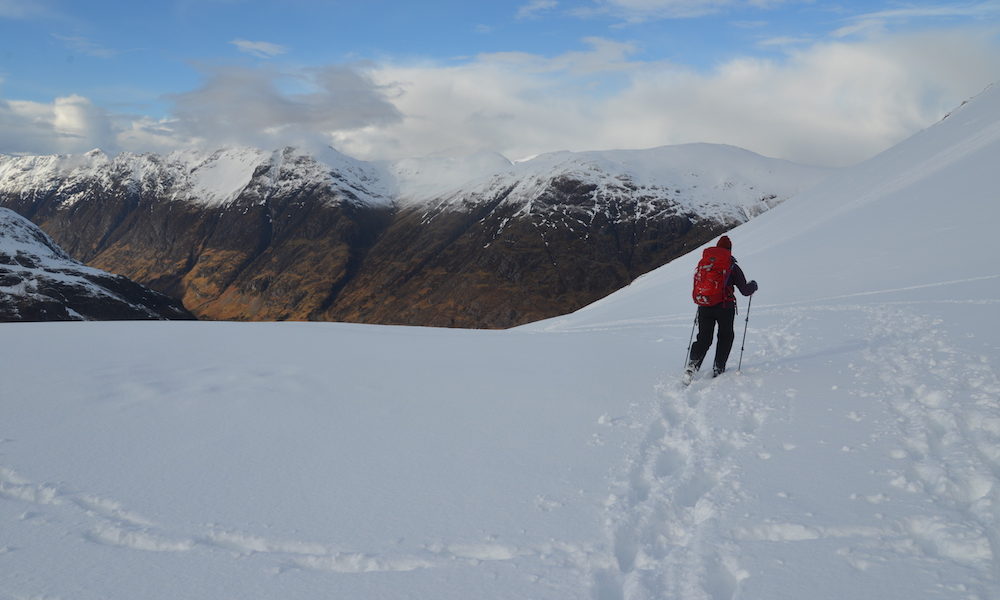As conditions get colder and winter days get shorter, it’s worth having a hard think about what extras you should consider packing for a day in the mountains.
The combination of cold, wet, snow and wind – delete or add as applicable – means it’s far easier to find yourself in trouble than it is in milder conditions, but with a few carefully chosen additions to your pack, you can make things more comfortable and, if it all goes pear shaped, safer too.
The Big Picture
There’s an old mountaineering cliche that says if you go out with the kit you need to overnight in the hills, the extra weight means you’ll inevitably use it. There’s a kernel of truth to that, but with lightweight modern gear, you can up your margins without overloading yourself. It’s worth embracing a ‘what if’ attitude. What would you do if you, say, broke your ankle and couldn’t walk out unassisted? What if you lost your hat or gloves or map in a gust of wind? What if you get caught out in the dark? Bear in mind that if you’re part of a group, you can spread spare kit around. If you’re on your own, you need to be self sufficient.
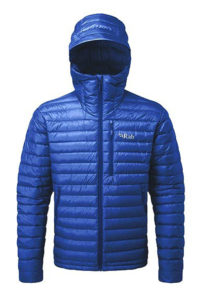
Insulated Jacket
Most people kick out a fair amount of heat while they’re on the move, but stop for even a short time in cold conditions and you’ll cool down fast. That can be uncomfortable on a snack stop, but potentially dangerous if you’re immobile for any length or time, but an accident for example. Our advice is always to carry an additional warm, but reasonably light jacket to throw on when needed. In cold, dry mountain conditions common in the Alps for example, down is a good balance between warmth and weight. In the damp cold of UK hills though, synthetic fills are a better bet thanks to their superior resilience to the wet. In the worst case scenario, where you’re caught out and forced to bivi, a warm jacket could save your life.
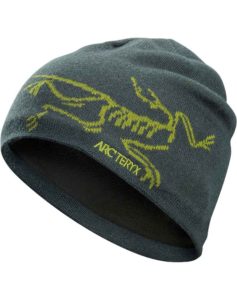
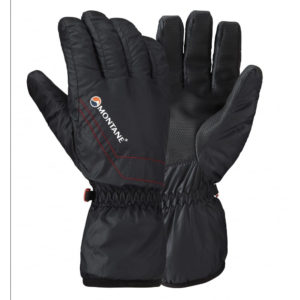
Spare Hat And Gloves
Losing your hat in summer is inconvenient, maybe uncomfortable. In the middle of a Cairngorm hoolie, it’s potentially deadly. You lose a lot of heat from your head. That’s why you should pack a spare hat as a matter of course. An alternative is a hooded mid-layer, which isn’t going anywhere. Similarly, cold and frozen hands simply stop working. That in turn means your ability to use a map and compass, GPS or mobile phone are all severely compromised. The same’s true if your main gloves get cold and soaked out. A back-up pair is a good call.
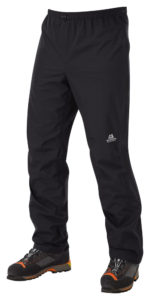
Waterproof Overtrousers
It’s amazing how many walkers and climbers obsess over their waterproof jacket, but barely give a thought to their legs. In summer, wet legs are uncomfortable rather than dangerous, but in winter conditions, soaked legs will lose heat fast, particularly if your legwear isn’t windproof. Even a basic pair of lightweight waterproof overtrousers will make a big difference when the weather turns properly nasty.
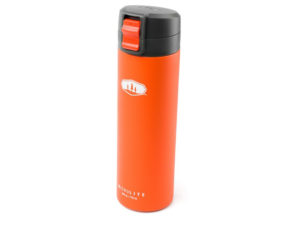
A Vacuum Flask
No-one’s saying that a hot drink will literally save your life, but don’t under-estimate the morale-boosting magic of a hot drink or a cup of lunchtime soup. The good news is that like everything else, vacuum flasks are getting lighter and more compact. Something like the new GSI Microlite is claimed to be a third lighter than comparable alternatives. All you have to do is make the effort to brew-up before you head out. Top tip: pre-warm the bottle before adding your drink or soup.
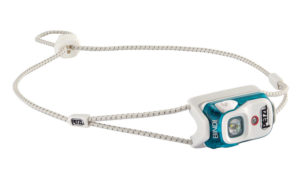
A Headtorch… Or Two
You should be carrying an emergency headtorch in your pack all year round, but in winter conditions – particularly if you’re out on your own – it’s well worth also carrying a lightweight back-up like the Petzl Bindi or Black Diamond Iota in case your main torch fails. Think that won’t happen? Leo Houlding finds headtorches so unreliable that he packs up to four of them for his bigger trips. And in cold conditions, batteries struggle to produce the same power as the cold slows the chemical reactions inside the battery cells, which can drastically reduce burn time and battery life. If your headtorch has replaceable batteries, carry some spares. Keeping them in an inside pocket will also help.
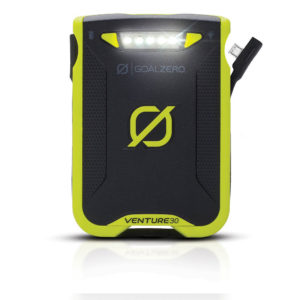
Electrical Back-Up And A Spare Map
We’ve already mentioned the way that cold conditions, particularly sub-zero stuff, disagrees with battery technology. That’s even more crucial if you use a GPS or a mobile phone. Given that an emergency call could save your life or someone else’s it makes a lot of sense to carry a small back-up power pack. If possible store it close to your body to keep it working. Similarly an inside pocket is a good place for your mobile or other electricals. Finally, a back-up map is a winter essential even if your primary nav tool is a phone or GPS. Ask yourself what would happen if your electrics fail and your primary map – yes, you should have a map regardless and know how to use it – blows away. If you’re part of a group, make sure you have several maps between you.
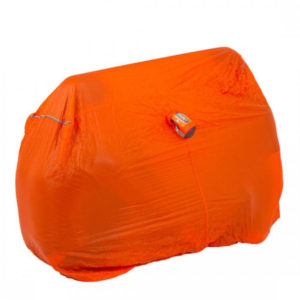
A Survival Shelter
Forget space blankets, which are next to useless and tear apart in high winds, you’re far better off with a ‘Blokka Bag’ or group survival shelter, a sort of rudimentary tent available in various sizes which you can throw over two or more people while they sit on their packs for insulation from the cold ground. Compared to a survival bag, group shelters score by sharing body heat in a small space and as a morale booster. As a bonus, they also make brilliant temporary shelters for lunch-stops on winter days. If you’re flying solo, an emergency bivi bag makes more sense. An interesting option is the Blizzard Survival range which combines wind and waterproofing with insulation claimed to be similar to a ‘medium weight regular sleeping bag’.
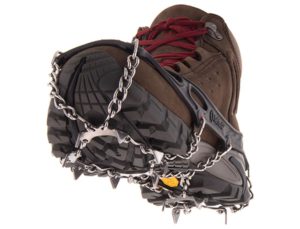
Snow And Ice Gear
If you’re heading out in full winter conditions, you should have appropriate axe or axes and crampons as a matter of course, but another option on those days when you might just encounter small amounts of frozen snow or ice is to carry a pair of micro-crampons. They’re not a replacement for crampons in full winter conditions, but the combination of low profile points, light weight and the ability to be used with pretty much any footwear makes them a brilliant call if, for example, you find yourself descending a steep, rocky path liberally coated with frozen snow melt or water ice, where you can flat foot. We’re absolutely not suggesting you use them on proper steep ground, on softer snow or anywhere you can’t place the full sole of the boot, but as an occasional stand-by they can work brilliantly.
Won’t All This Extra Kit Weigh A Ton?
Actually, no. The great thing about modern gear is that new technologies and lighter fabrics mean that pretty much everything in our Winter Extras list is now lighter and more compact than ever before. A respectably warm insulated jacket these days can weigh 500g or less. The little Petzl Bindi headtorch is just 36 grammes. A Lifesystems Ultralight Survival Shelter for two weighs just 215g. A set of Kahtoola Microspikes will set you back around 360g and lighter options are available. The bottom line is that you can make your life safer without adding a whole lot of weight to your pack. Christmas present list anyone?



